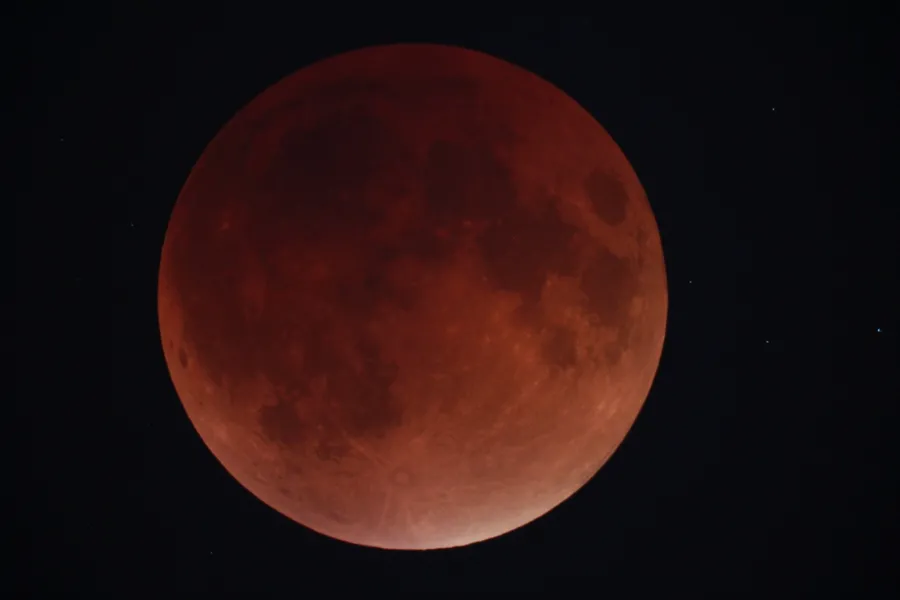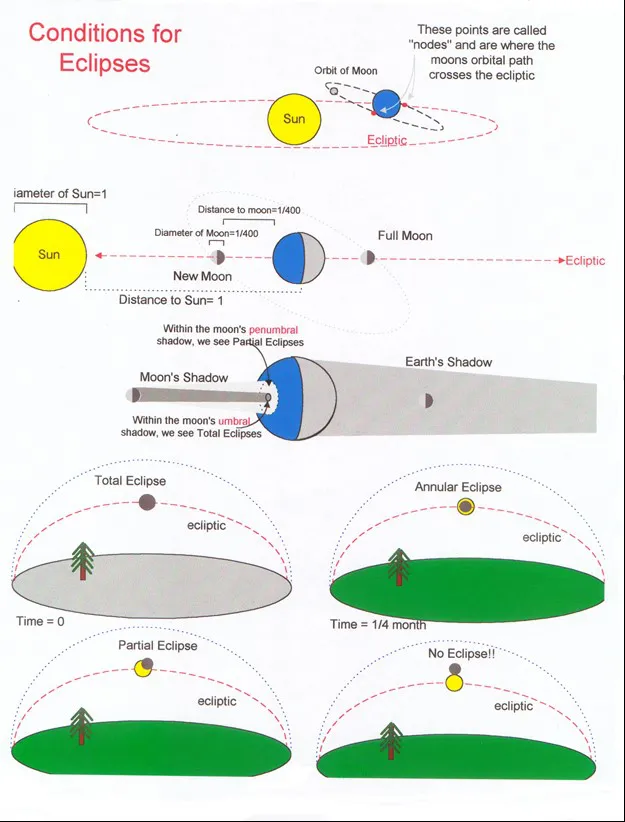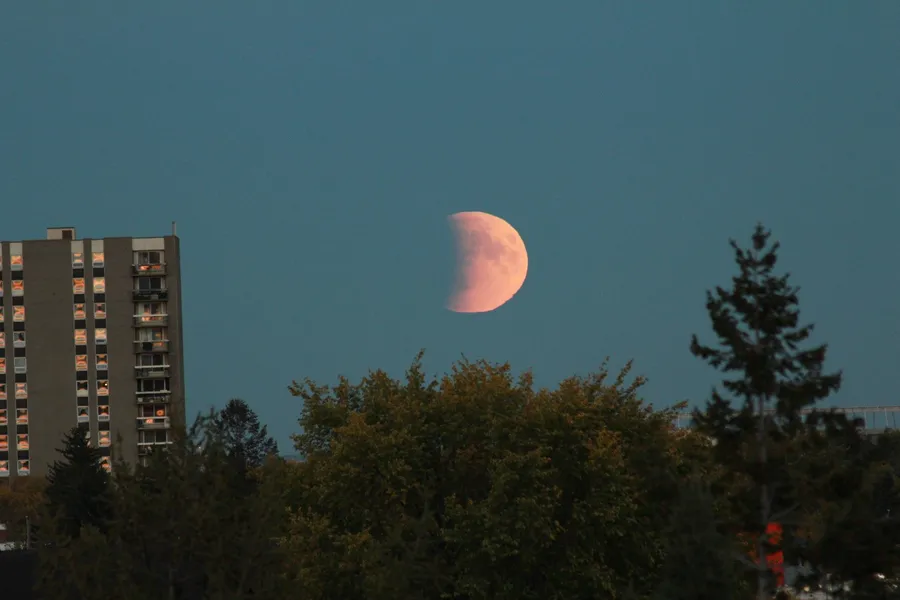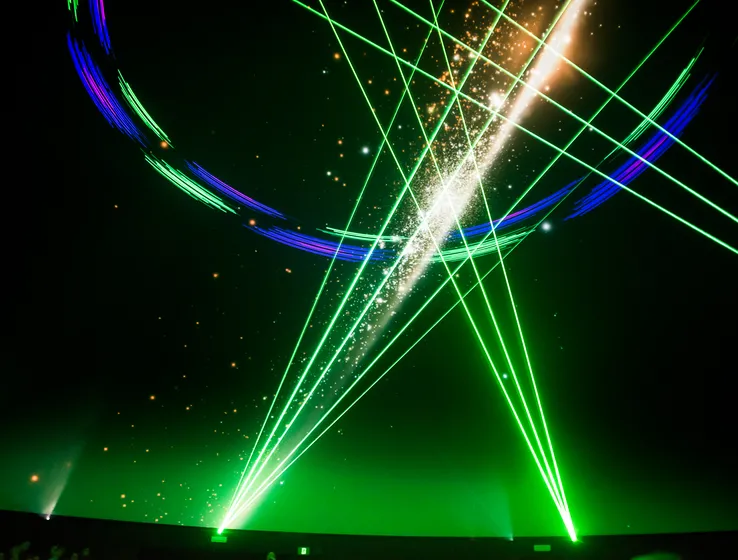Total Lunar Eclipse
Posted:
Why don’t we get a total lunar eclipse each month?
Written by Frank Florian – Director, Planetarium and Space Sciences
Are you are looking forward to seeing the January 20 total lunar eclipse (clear skies permitting)? I know I sure am and I sincerely hope that the clouds give way to clearer skies on that night, to allow us to see this beautiful astronomical event take place. If we miss this one, then the next best total lunar eclipse visible from our greater Edmonton area will not take place until May 15, 2022

Total Lunar Eclipse on September 27, 2015. Credit: Frank Florian
So why are lunar eclipses so rare? Why are total solar eclipses, for any particular area of the world, even more rare? And why don’t lunar or solar eclipses occur every month, when we see a Full Moon or have a New Moon in the month?
Well, the answer to those questions lies in placement of the three bodies involved with eclipses: the Sun, the Earth and the Moon. If the Sun, Earth and Moon were in complete straight alignment with one another at New Moon or Full Moon each month, then you would expect eclipses of each type to occur each month. However, this not the case. The reason: the Moon’s orbit around the Earth is tilted by about 5-degrees to the ecliptic plane, the flat surface drawn out as the Earth orbits the Sun.
As you can see in the diagram below, the Moon’s orbit is tilted by 5-degrees to the red line, which marks the Earth’s orbit around the Sun (the ecliptic). Due to this tilt there are only two points in the Moon’s orbit that crosses the red line (the ecliptic). These two points are called nodal points and we will only see a lunar eclipse or a solar eclipse of some type if the Full Moon or New Moon occur near or on these nodal points, giving us that almost straight line alignment that we need for eclipses to occur.

In one calendar year you can get up to seven types of eclipses (both lunar and solar combined) when the Moon is near one of these nodal points. However, the normal you would expect in a calendar year is four types of eclipses.
So, keep looking up to witness nature’s mathematics in action during an eclipse!

Photograph taken from Coronation Park on September 27, 2015, picturing the ingress of the Moon into the Earth’s shadow before the total lunar eclipse occurred. Credit: Frank Florian.
Related Articles


Food Chain Reactions
How Climate Change is Impacting Canada's Lakes


It Is Ice to See You
How Seasonal Connections Are Affected by Climate Change


Getting to the Core of Climate Change
A Look at How Refrigerants Are Affecting Our Environment through Ice Cores
Related Articles


Food Chain Reactions
How Climate Change is Impacting Canada's Lakes


It Is Ice to See You
How Seasonal Connections Are Affected by Climate Change


Getting to the Core of Climate Change
A Look at How Refrigerants Are Affecting Our Environment through Ice Cores



